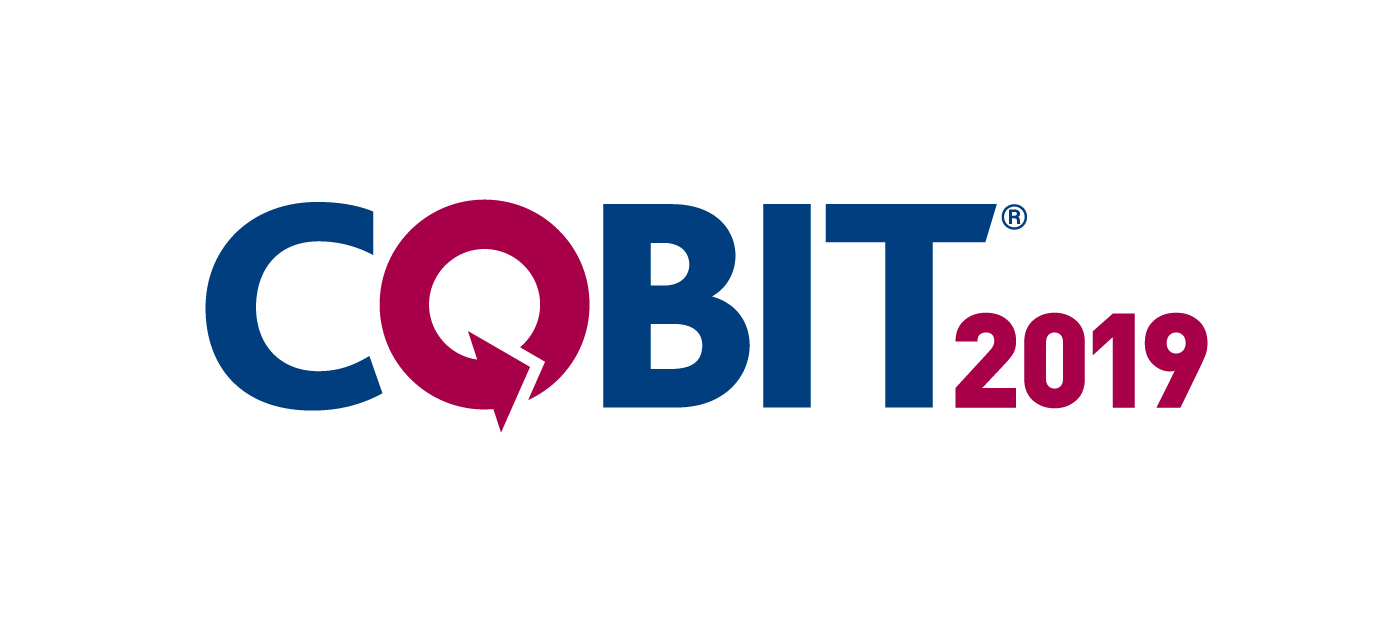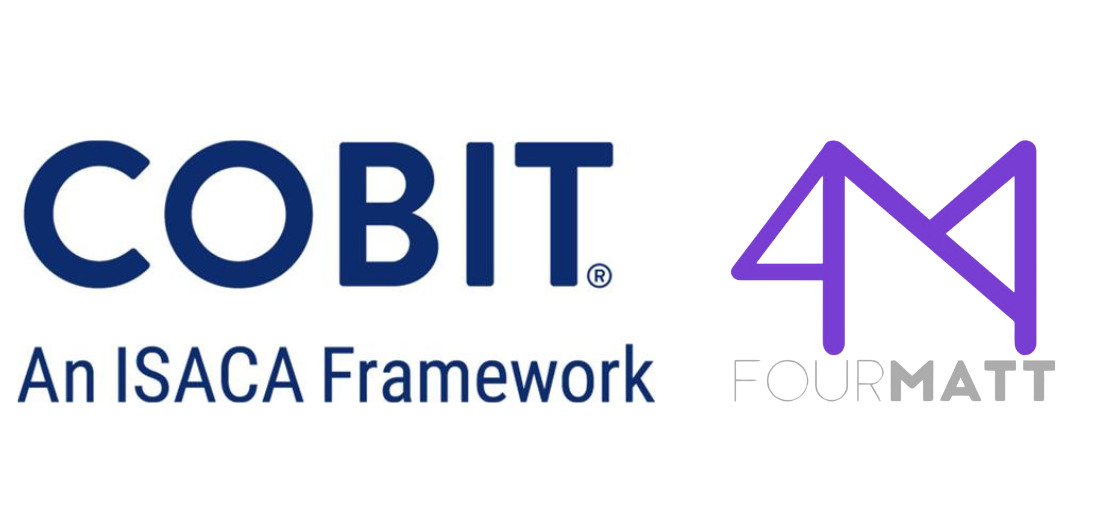COBIT 2019 and COBIT 5: The Complete Guide to IT Governance
Information Technology (IT) has gone from being a mere operational support to becoming a strategic pillar in organizations. Digital transformation requires impeccable IT management, and that's where COBIT comes into play.
This article explores COBIT, an IT governance framework that helps companies align their business objectives with IT strategies, ensuring efficiency, security, and compliance.
What is COBIT?
COBIT (Control Objectives for Information and Related Technologies) is an IT governance framework created by ISACA (Information Systems Audit and Control Association). It provides a set of best practices for managing and controlling IT resources, ensuring they are aligned with business objectives.
How does COBIT work?
COBIT covers 34 processes and 210 control points, organized into four domains:
- Planning and Organization: Defines IT strategy and aligns it with business objectives.
- Acquisition and Implementation: Manages the acquisition and implementation of IT solutions.
- Delivery and Support: Ensures efficient delivery and ongoing support of IT services.
- Monitoring and Evaluation: Monitors IT performance and ensures compliance with policies and regulations.
COBIT Maturity Levels
COBIT defines five maturity levels to assess an organization's ability to manage its IT processes:
- Initial: Non-standard processes and recurring problems.
- Repeatable: Informal and individual-dependent processes.
- Defined: Standardized and documented processes.
- Managed: Processes monitored and measured for continuous improvement.
- Optimized: Improved processes aligned with best practices.
See details about COBIT 5
The fifth version of Cobit is considered one of the main IT governance methodologies on the market. It presents five principles and seven skills that allow you to take advantage of the technological infrastructure with intelligence and help a company to achieve goals.
With an adequate use of the concepts established in Cobit 5, it is possible to obtain several benefits, such as:
- Maintenance of the data storage structure with security and integrity;
- More focus on strategic objectives with IT support;
- Improved performance and reliability of the Information Technology infrastructure;
- Reduction of risks related to the integration of IT with other segments of the company;
- Optimization of expenses related to the use of technological solutions;
- Easier to adopt compliance rules efficiently.
Assess the potential of COBIT 2019 for your business

One of the main features of the newest version of Cobit covers the concern with risk management, governance and data security. Undeniably, these aspects need a closer look from managers. After all, data theft and leaks cause financial and reputational damage to brands that can be irreversible.
Another important point is that the Cobit 2019 guidelines also take into account the General Data Protection Law (LGPD), which came into full force in 2021, and the GDPR, which guides the care organizations need to take with data in the European Union.
With cyberattacks becoming more and more sophisticated, it is essential to adopt good practices that considerably minimize risks. In Brazil, it is increasingly common to see companies and public bodies facing service outages due to cybercriminal actions. This scenario undoubtedly shows how the correct adoption of Cobit 2019 becomes necessary.
Understand the differences between COBIT 2019 vs COBIT 5
Cobit 2019 has the ability to describe the role of the areas more clearly, prioritizing the maintenance of a solid and more secure governance system.
The newest version is also more in line with international standards for information management and governance. In addition, it seeks to be more didactic about the tools that organizations can adopt to implement a governance system that meets the changes brought about by digital transformation.
The inclusion of new online resources for decision-making and the use of smarter mechanisms to measure the performance of assets and IT staff are other aspects that differentiate Cobit 2019 from Cobit 5.
By implementing Cobit in an exemplary way, an institution will be moving towards achieving a more expressive and efficient performance through Information Technology. After all, you will be better able to invest correctly in IT assets and follow good practices to keep services more protected and available to the target audience.
Historic
THE ISACA launched COBIT in 1996, originally a set of control objectives to help the financial auditing community better cope with IT-related environments. It was initially called “Control Objectives for Information and Related Technologies,” although before the framework was released people called it “CobiT” like “Control Objectives for IT” or “Control Objectives for Information and Related Technology.” The framework defines a set of generic processes for managing IT, with each process defined together with process inputs and outputs, key process-activities (KPAs), process objectives, performance measures and a maturity model elementary. COBIT also provides a set of recommended best practices for the governance and control process of information systems and technology with the essence of aligning IT with the business. COBIT 5 consolidates COBIT 4.1, Val IT and Risk IT into a single framework acting as an enterprise framework aligned and interoperable with other frameworks and standards.
Seeing value in expanding the framework beyond the audit domain, ISACA released a broader version 2 in 1998 and expanded even further by adding management guidelines in version 3 in the 2000s. The development of both standards [AS 8015 ]: Australian Standard for Corporate Governance of Information and Communication Technology in January 2005 and, the more international standard ISO/IEC DIS 29382 (soon to become ISO/IEC 38500 in January 2007) raised awareness of the need for more information and communication technology (ICT) governance components. Inevitably, ISACA added related components/frameworks with versions 4 and 4.1 in 2005 and 2007, respectively, “addressing IT-related business processes and responsibilities in creating value (Value IT) and risk management (Risk IT).”
COBIT 5, released in 2012, is the current version of the framework. One of the main changes from COBIT 4.1 is the integration with other sets of best practices and methodologies, such as standards ISO, ITIL, among others.
COBIT 5 COBIT 5 was built and integrated on the basis of 20 years of development in this field. From its inception, centered on the IT audit community, COBIT has become the most comprehensive, comprehensive and accepted IT Governance and Management framework. COBIT 5 was additionally complemented with the Val IT and Risk IT frameworks. Prior to COBIT 5, Val IT addressed business processes and responsibilities in creating business value and Risk IT provided a holistic business view of risk management. Both are now built into COBIT 5.
In April 2019, the current version of COBIT was released, called COBIT 2019, where one of the main updates is the guidelines that allow the customization of IT governance, that is, the guidelines are freer, aligned according to the demands of each organization.
COBIT is an essential framework for IT governance in companies of all sizes. By adopting its best practices, organizations can ensure that IT is an engine of growth and innovation, driving business success.
Contact us and discover how we can transform your challenges into results.
Tags: ServiceNow, Snow Software, Software Asset Management, Software Asset Management, SAM, FINOps, ITAM, ITSM, Flexera, Cloud Management, stakeholders, IT industry, cobit certification, information security, IT goals, cobit foundation exam, top management, use of cobit, business goals, enable a holistic view, balanced scorecard, best practices, cobit understand, cobit works, holistic approach, it delivers, achieves goals, organizational structures, business requirements, enable a holistic approach , single model, use of IT, strategic alignment, IT strategy, IT environment, internal auditor, data collection, optimize investments, business model, remote access, technology governance, this standard, IT business, know the benefits , IT team, IT manager, corporate governance, IT resources, apply a framework, team management, cobit foundation, decision making, common language, project management, investments in it, customer service, cutting-edge organization, cobit framework, cobit principles, contact us, related technology, apply an integrated framework, power bi, customer support, company goals, subscribe to our newsletter, risk management, cobit website isaca, cobit benefits, separate governance, integrated framework, it infrastructure, social networks, it professionals, it processes, set of good practices, governance framework, information technology, governance process, it audit, decision making decisions, information systems audit, control objectives, business processes, maturity model, systems audit and control, process management


